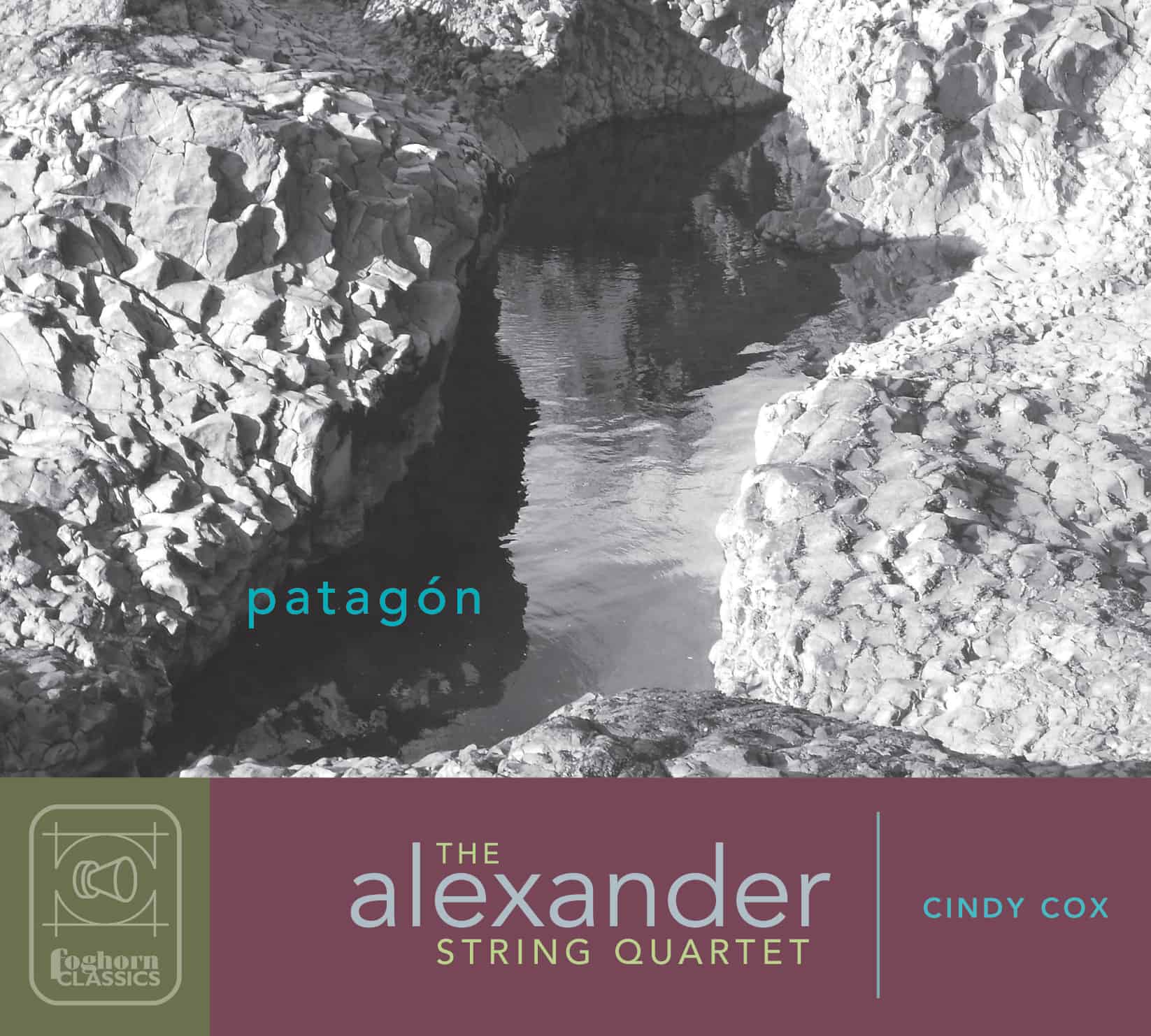Columba aspexit, after Hildegard von Bingen (1995) in four movements, played without pause
 Columba aspexit has its origins in a chant by the twelfth-century mystic Hildegard. Her visions and prophecies are collected in a large volume called Symphonia armonie celestium revelationum (Symphony of the Celestial Harmonies), and within this collection are fourteen chants, “Columba aspexit” being one of them. It presents a vision of Saint Maximinus as a celebrant at Mass, and is full of elaborate and vivid symbolism.
Columba aspexit has its origins in a chant by the twelfth-century mystic Hildegard. Her visions and prophecies are collected in a large volume called Symphonia armonie celestium revelationum (Symphony of the Celestial Harmonies), and within this collection are fourteen chants, “Columba aspexit” being one of them. It presents a vision of Saint Maximinus as a celebrant at Mass, and is full of elaborate and vivid symbolism.
I found the music of this particular chant quite striking, both for its large range and its unusual references to the major mode, which in combination create a kind of ecstatic and transcendent character. In each movement I took a different section of the chant and worked with its melodic material in my own way, responding to the inward spirituality of the music in its breadth and scope and extraordinary imagery. The quartet is in four movements, played without pause. In the introduction there is a slow, meditative, and disjunct theme (distinctly different from the chant) marked “elegy” which recurs throughout the work, and is loosely connected to the solo violin Elegy opening this CD.
The quartet has many oblique references to notions of the ancient and the archaic, especially in its uses of canon (a kind of strict imitation between members of the quartet). The chant first appears after a short introduction, and is elaborated and treated in the first movement in a four-part canon, using intricately varied vocalize type phrases. Two other canons in movements two and four follow, broken up by many episodes of contrasting music. The canon in movement two is a mensural canon, that is, the voices are imitating each other at different rates of speed. The voices follow one another to a high point marked by a large climax, and then fall in retrograde to their original starting point. The canon in the fourth movement uses a minimalist “phase” technique, with the voices slowly pulling away from each other and progressively becoming more and more frenzied. The original version of the chant does not appear until almost the end of the piece, in a simple and heartfelt modal setting.
Columba aspexit is dedicated to the memory of Elisabeth Terrell Cox-Hurst, my daughter who died at birth. This piece was supported in part by a grant from the National Endowment for the Arts, a federal agency that supports the visual, literary, and performing arts to benefit all Americans.
